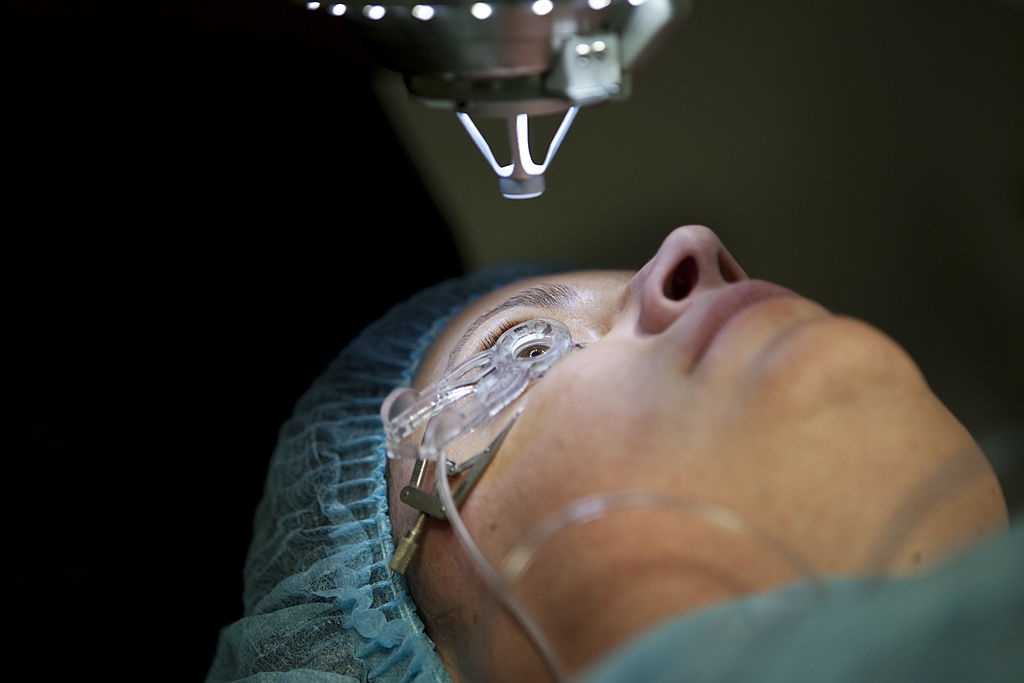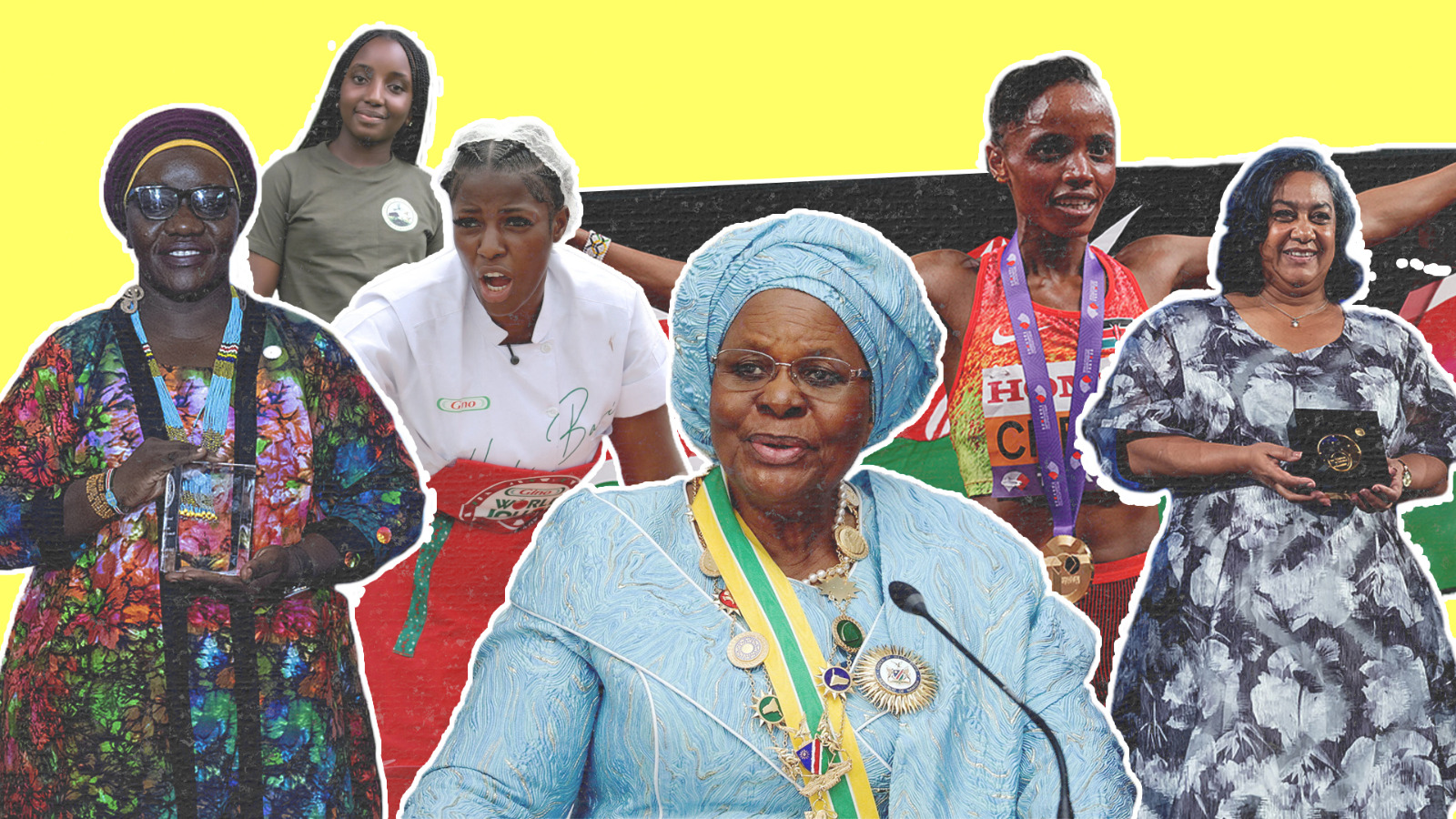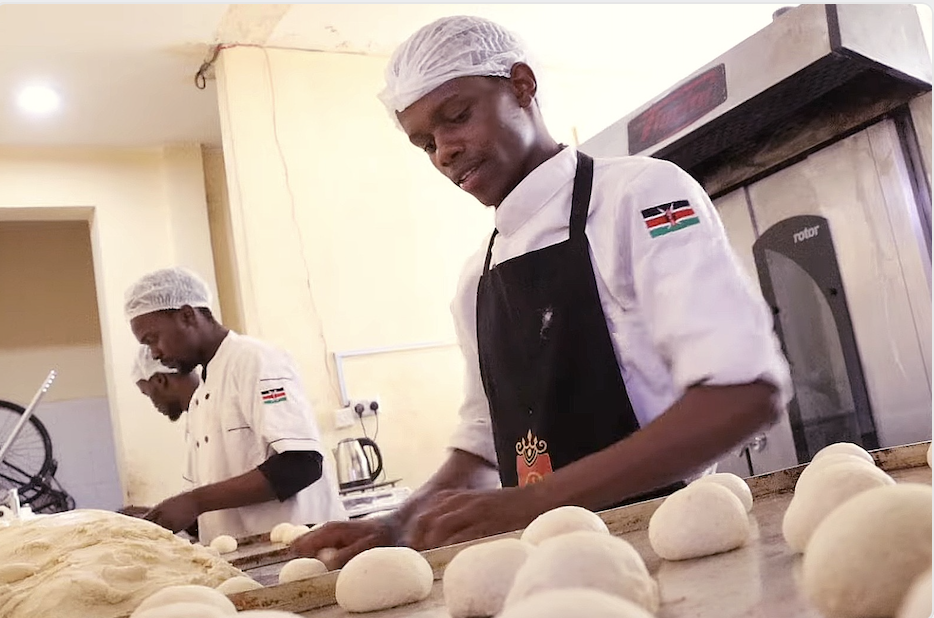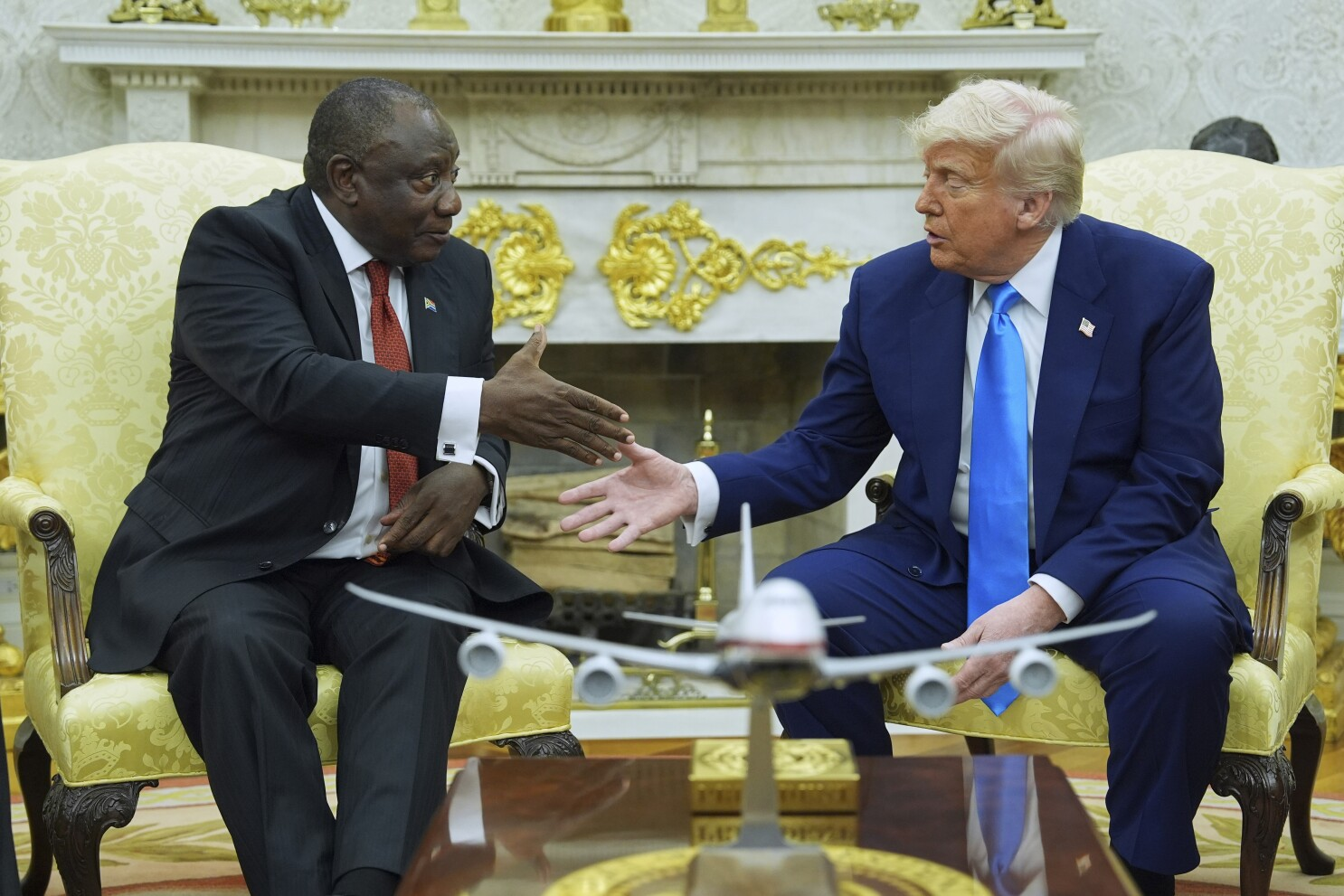
Cornea transplants give many a second chance at sight
Timothy Maina knows what it is like to get a second chance at sight. And he, along with others in Africa’s medical community, want to make sure that other Africans get the same opportunity when they need it.

In 2011 and again in 2015 Maina received cornea transplants from people who died. In both cases, the donors left behind agreements that their eyes were to be used for transplant surgery following their deaths.
“It is really painful because these people had families and unfortunately, they passed on,” Maina says. Because two different people gave me eyes. For the right eye it was one and for the left a different person.”
Maina has enjoyed four years of good vision but success stories like his are, unfortunately, the exception, not the rule, in Africa. Corneal transplant surgery relies on having a steady supply of healthy eyes from which corneas can be retrieved.

Christopher Mwangala, a cornea retrieval specialist, says his work isn’t easy.
“Eye harvesting can only be done within six hours of death. After six hours, all the tissues required for transplant are clinically dead.”
Mr. Mwangala says he carries operations equipment to the place where the dead body has been kept. Once an eye has been retrieved, it has to be used within two weeks. Corneas/eyes can only be preserved for a maximum of 14 days.
“We retrieve the whole eye and do a research on it like blood screening to see whether it is fit for surgery,” Mwangala says.

The screening is done to determine cell count and presence or absence of certain diseases.
Ensuring corneas are kept healthy and ready for transplants aren’t the only problems associated with eye harvesting. Mwanagala and Maina both say these types of procedures are still taboo for many Africans and that it isn’t uncommon to find a donor that pledged to gift their eyes to someone upon their demise only to have the relatives object to the idea.
Mwangala says many people are hindered by deeply-rooted superstitions and beliefs. He adds that some go as far as claiming that their deceased kin might not be able to see during the “end times” when everybody will rise from their graves should they be buried without their eyes.
“Sometimes you might be called for retrieval but then you find when you arrive there, relatives decide otherwise, so you cannot retrieve the cornea unless they consent,” says Mwangala.
Others view eye retrieval as a bloody affair, despite the fact that the donor is dead and some even perceive it as a ritualistic exercise and a disturbance to the dead.
”Maina said that he remembers after eye transplant, his barber asked him whether he was given eyes from a goat. Others wondered whether he was involved in witchcraft after he revealed to them that he received corneas from people who had died.
Ophthalmologist, Dr. Albert Masua, tries to handle the concern by placing those who question the procedure in the position of someone who is going blind.

“I usually pose this question to people, will you pledge to donate your cornea when you pass on, and the first quick response would be no. And I will take it the other way round and ask them, would you as a patient want to have a cornea transplant done to you, and the answer will be yes.”
“If you want to receive, why wouldn’t you want also to give because we believe by giving a cornea you are actually changing someone’s life and you live in someone else’s life, so you already left a mark and you are a legend,” Dr. Masua notes.
Changing attitudes about cornea transplants is crucial in reducing blindness and other eye-related issues among Africans.
Mwgangala says Africans are among the leading recipients of cornea transplants globally. Asians are said to be among the leading eye donors. He says the Indian community, in particular, has been donating their deceased relatives’ eyes without fail for a long time.

“Most of them, even without the consent from their dead family members, have always contacted the eye bank requesting to give out the eyes to help people who need them.”
At Lions Hospital, one who pledges to donate their eyes in death fills forms then, later on, the donor is issued with a card to identify the individual as a donor upon death. The card is to be carried by the donor at all times and provides details of the desire to donate.
Eye health and care neglected
Both Mr. Mwangala and Dr. Masua feel that in Africa, eye health and care in Africa is being neglected. They blame the problem on a lack of government investment into training more eye health and care specialists. They also say the large number of people who need eye care is stretching the resources of the few existing facilities and personnel dealing with the challenges.
Currently, there are only three facilities in Africa that perform cornea transplant surgery. Lions Hospital performs an average of 5 cornea transplants every week. However, the number of people needing transplants continues to climb.
He adds that treating eyes is costly and this might be another challenge hindering those seeking help to restore their eyesight. Cornea transplant surgery, for example, costs approximately $2500.
The World Health Organization says up to 80% of blindness is preventable and treatable. Cost-effective interventions are available for the major causes of avoidable blindness. However, millions of people in Africa remain at risk of visual loss due to the lack of eye-care services.
Data estimates from the World Health Organization reveal that 15.3% of the world’s blind population resides in Africa. Meaning approximately 26.3 million people on the continent have a form of visual impairment. Of these, 20.4 million have low vision and 5.9 million are estimated to be blind.







